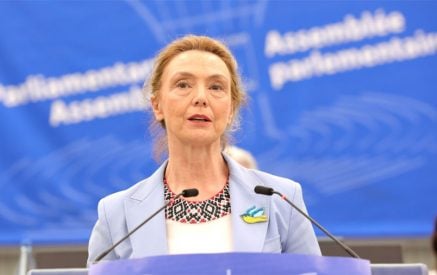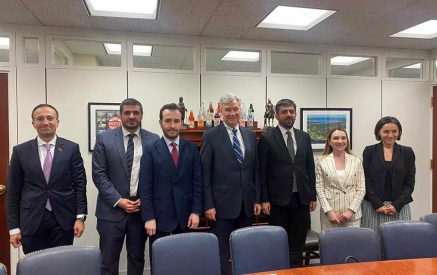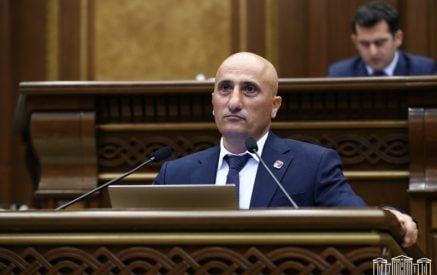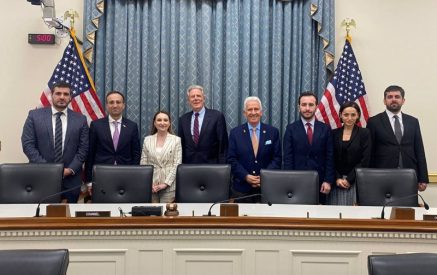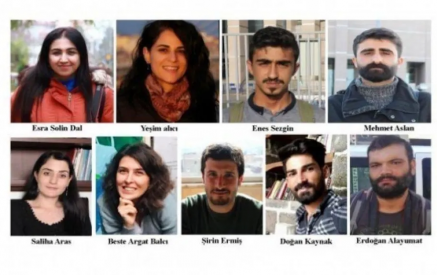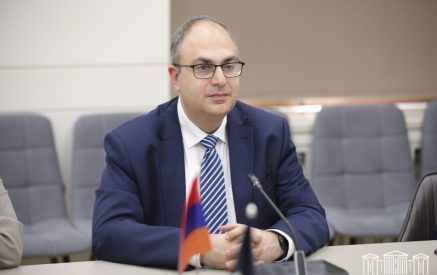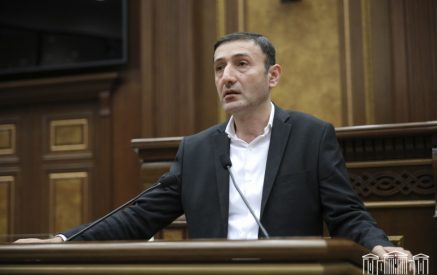Recently, a new study, led by Dr. Gor Chailyan and doctoral candidate, Karen Zagorski and coauthors at the Institute for Molecular Medicine, Huntington Beach, California and the National Institute of Aging in collaboration with the University of California, Irvine, and the University of California, San Diego has been published in Int J Mol Sci. 2022 (DOI: 10.3390/ijms23116080). It describes a novel MultiTEPplatform-basedrecombinant protein vaccine, targeting three regions of pathological α-Synuclein, the protein associated with Parkinson’s Disease (PD), Dementia with Lewy bodies (DLB), and other synucleinopathies, as well as Alzheimer’s disease (AD). In fact, this is a continuation of their study published earlier in NPJ Vaccines journal which is a part of the prestigious Nature Portfolio (DOI: 10.1038/s41541-021-00424-2). In these papers, Gor used his analytical skills to purify recombinant- and nucleic acid-based molecules, while Karen worked on measuringthe immunogenicity of vaccines against pathological α-Synuclein.
Both, Gor Chailyan and Karen Zagorski graduated with Honors from Slavonic University in Yerevan, Armenia in 2010 and 2012, respectively.
During his university years,Gor focused mostly on the biochemistry of the hypothalamic proteins, in particular,proline-rich polypeptides and their antitumor and anti-inflammatory effects during pathological processes of the brain.He was trained inthe majority of modern analytical chemistry methods such as chromatography, mass spectrometry, IR, and FTIR by attending the best schools in the United Kingdom (Oxford, Cambridge) Germany (Munich) , Denmark (Odense), and Russia (St. Petersburg). While being present in the scientific world, he was also active in university life – leading the Students Scientific Club (SSS) for over 2 years at the Slavonic University of Armenia. In 2017 he joined the Institute for Molecular Medicine in Huntington Beach, California, USA where he is working on the purification MultiTEP platform-based vaccines for neurodegenerative diseases.
Karen was interested in medical pharmacology, biochemistry, and immunology. After getting his master’s degree in Yerevan he joined the Institute for Molecular Medicine, where he spent the next 4 years working on the development of the universal MultiTEP platform technology for the vaccines for neurodegenerative diseases. In 2016 he joined university of Nebraska Medical Center Graduate School, where he further researched the molecular mechanisms involved in neurodegeneration, particularly the interactions of alpha synuclein and amyloid beta with biological membranes. Finally, he developed a new modular vaccine platform for the preparation of individualizable vaccines for potential use in immunocompromised populations and characterized it using a COVID-19 vaccine as a model (10.1016/j.nano.2022.102604)
Read also
Currently,both KarenZagorski and GorChailyan are continuing their scientific careers at the Institute for Molecular Medicine in California wherethey are working on the development of safe and immunogenic preventive vaccinesbased on the universal platform technology called MultiTEP. This MultiTEP platform is especiallydesigned for the elderly people with weakened immune system. Thus, vaccines based on this platform should be able to generate very high levels of antibodies against toxic proteins, α-Synuclein, β-amyloid, and tau involved in the pathogenesis of AD/PD, DLB, and various tauopathies.These antibodies will inhibit aggregation of these toxic proteins in the brains of elderly people and halt or at least delay the onset of dementia associated with AD/PD, DLB, and tauopathies. In October 2022, Gor and Karen helped the Institute to manufacture MultiTEPplatform-based human vaccine at cGMP facility at the University of Colorado, and data on the immunogenicity of this vaccine were published in NPJ Vaccines as well (DOI: 10.1038/s41541-022-00544-3).
Alzheimer’s disease is a progressive neurologic disorder that causes the brain to shrink (atrophy) and brain cells to die. Alzheimer’s disease is the most common cause of dementia (accounting for an estimated ~75 percent of cases) a continuous decline in thinking, behavioral and social skills that affect a person’s ability to function independently. The clinical patterns of DLB and PD include cognitive impairment, parkinsonism, visual hallucinations, and fluctuating attention. Unfortunately, currently, no treatment is available to cure dementia. Though disease-modifying therapies developed to date have limited efficacy on dementia which affected more than 55 million people live worldwidewith10 million new cases diagnosed yearly. World bank Group estimated total healthcare spending on patients with dementia was up to $843 billion and dementia spending will reach $2.6 trillion by 2050.
The Institute for Molecular Medicine is looking to the vaccine-based preventative treatment of AD, PD, DLB, and tauopathies. Authors of the papers described above think that their vaccines can block/inhibit the aggregation of toxic β-amyloid, tau, and α-Synucleinproteins from the accumulation and spreading in the brains and halt, or at least delay the onsets of these devastatingdiseases.


